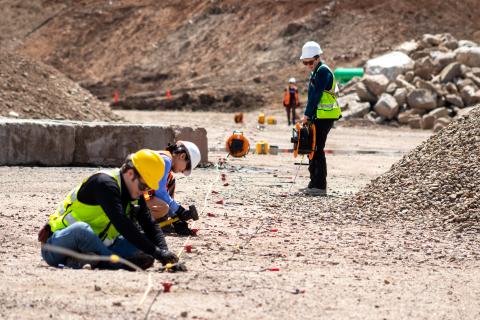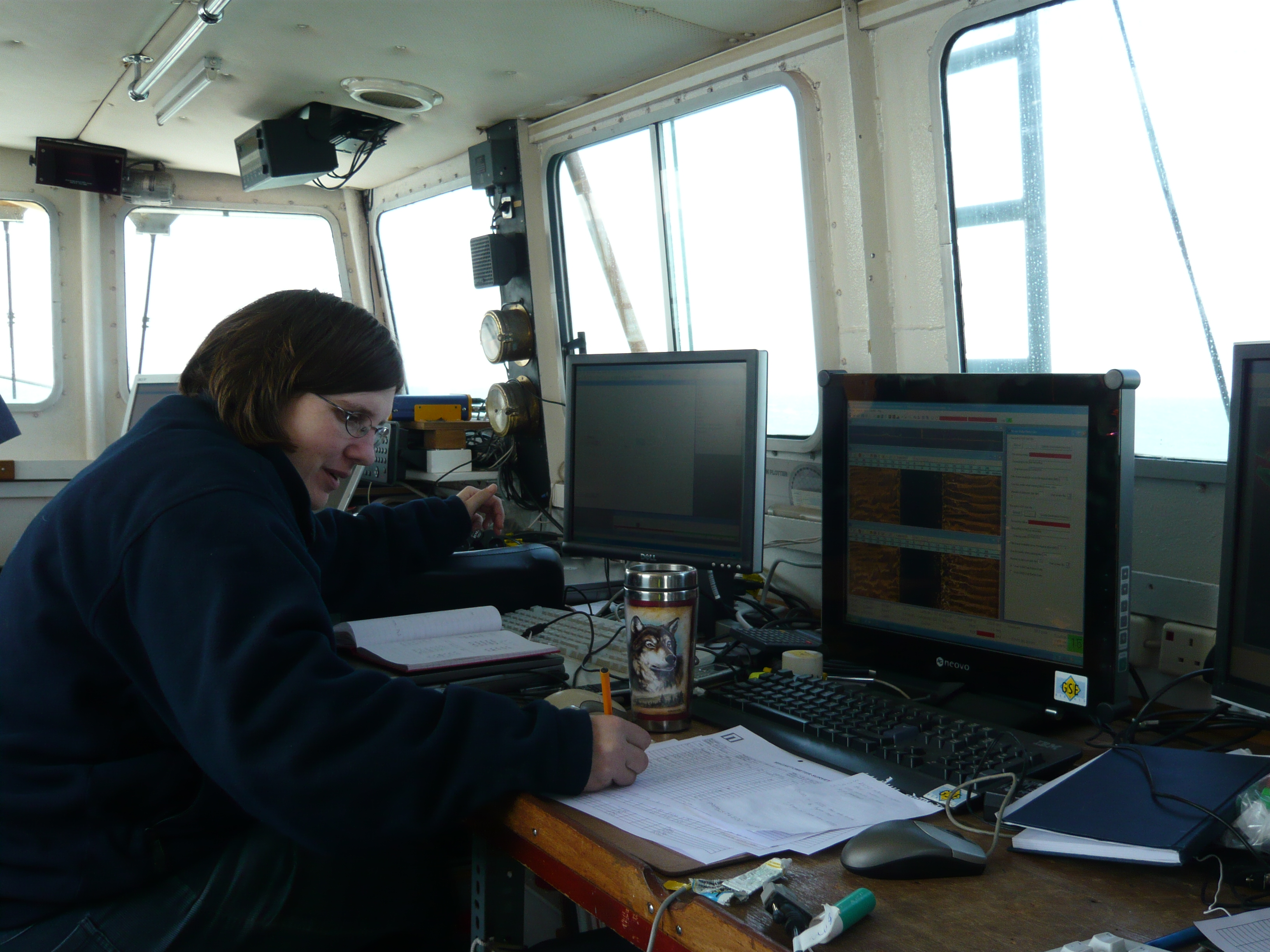All Categories
Featured
Table of Contents
Geophysicist in Oakford WA 2021

The primary model for the radial structure of the interior of the Earth is the initial referral Earth design (PREM). Some parts of this design have actually been upgraded by recent findings in mineral physics (see post-perovskite) and supplemented by seismic tomography. The mantle is primarily made up of silicates, and the boundaries in between layers of the mantle follow stage transitions.

Schematic of Earth's magnetosphere. Flows from left to.
Inside the magnetosphere, there are reasonably thick areas of solar wind particles called the Van Allen radiation belts. Geophysical measurements are typically at a specific time and place.
Geophysical Methods in St James Western Australia 2020
, integrates huge collaborates and the regional gravity vector to get geodetic coordinates. This approach only supplies the position in two collaborates and is more tough to utilize than GPS.
Gravity measurements ended up being part of geodesy due to the fact that they were required to related measurements at the surface area of the Earth to the recommendation coordinate system.
Sea level can also be measured by satellites utilizing radar altimetry, contributing to a more precise geoid. In 2002, NASA released the Gravity Healing and Climate Experiment (GRACE), wherein two twin satellites map variations in Earth's gravity field by making measurements of the distance in between the two satellites using GPS and a microwave ranging system. Satellites in space have made it possible to collect data from not just the noticeable light region, but in other areas of the electro-magnetic spectrum. The planets can be defined by their force fields: gravity and their electromagnetic fields, which are studied through geophysics and space physics. Determining the modifications in acceleration experienced by spacecraft as they orbit has allowed great information of the gravity fields of the worlds to be mapped.
Environmental Geophysicist in Coolbinia Oz 2021

Considering that geophysics is worried with the shape of the Earth, and by extension the mapping of features around and in the world, geophysical measurements consist of high accuracy GPS measurements. These measurements are processed to increase their accuracy through differential GPS processing. As soon as the geophysical measurements have actually been processed and inverted, the analyzed outcomes are outlined utilizing GIS.
Lots of geophysics business have actually created in-house geophysics programs that pre-date Arc, GIS and Geo, Soft in order to satisfy the visualization requirements of a geophysical dataset. Expedition geophysics is used geophysics that often uses remote picking up platforms such as; satellites, aircraft, ships, boats, rovers, drones, borehole sensing equipment, and seismic receivers.
For example, aeromagnetic information (airplane collected magnetic data) collected using conventional fixed-wing aircraft platforms should be fixed for electromagnetic eddy currents that are developed as the airplane moves through Earth's electromagnetic field. There are also corrections related to changes in measured potential field strength as the Earth rotates, as the Earth orbits the Sun, and as the moon orbits the Earth.
What Can I Do With A Major In Geophysics? in Landsdale Oz 2021
Signal processing involves the correction of time-series data for unwanted noise or mistakes presented by the measurement platform, such as aircraft vibrations in gravity data. It also involves the reduction of sources of sound, such as diurnal corrections in magnetic data. In seismic data, electromagnetic data, and gravity data, processing continues after mistake corrections to include computational geophysics which result in the last analysis of the geophysical data into a geological analysis of the geophysical measurements Geophysics became a separate discipline just in the 19th century, from the intersection of physical location, geology, astronomy, meteorology, and physics.
The magnetic compass existed in China back as far as the 4th century BC. It was not until great steel needles might be created that compasses were used for navigation at sea; before that, they might not keep their magnetism long enough to be beneficial.
By looking at which of eight toads had the ball, one could determine the instructions of the earthquake.'s (1600 ), a report of a series of precise experiments in magnetism.
Geophysical Method - An Overview in Alexander Heights Western Australia 2022
In 1687 Isaac Newton released his, which not only laid the structures for classical mechanics and gravitation but likewise explained a range of geophysical phenomena such as the tides and the precession of the equinox. The very first seismometer, an instrument capable of keeping a continuous record of seismic activity, was constructed by James Forbes in 1844. Geochemistry, Geophysics, Geosystems. National Aeronautics and Space Administration. Recovered 13 November 2018.
Runcorn, S.K, (editor-in-chief), 1967, International dictionary of geophysics:. Pergamon, Oxford, 2 volumes, 1,728 pp., 730 fig Geophysics, 1970, Encyclopaedia Britannica, Vol. Intro to seismology (2nd ed.).
Latest Posts
Where Can A Geophysicist Work Other Than The Oil Industry? in Ellenbrook Oz 2021
Geophysicist in Como Aus 2022
Geophysical Surveys Definition & Meaning In Stock ... in Karrinyup Aus 2022